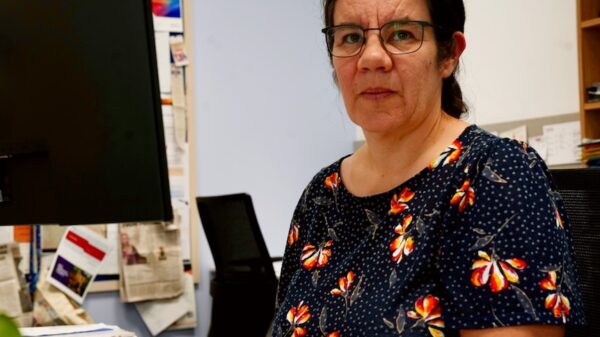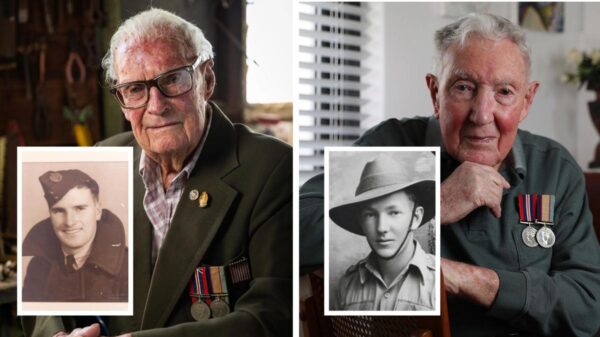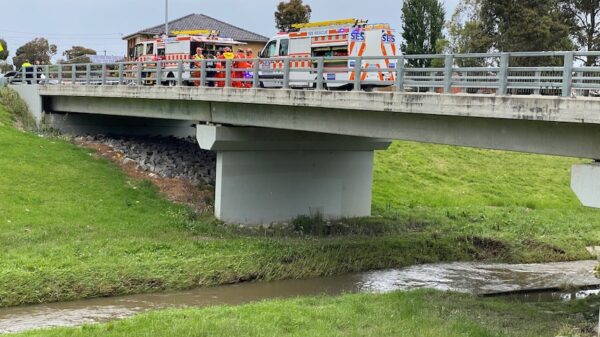A recent study has uncovered a significant connection between past experiences of harassment and women’s feelings of safety while using public transport. The research, titled Women’s Perceived Precautionary Safety on Public Transit: A Life Course Perspective on Harassment Experiences, Anxiety, and Coping Behaviour, surveyed 528 women rail users in Melbourne to explore how previous harassment influences their perceived safety, anxiety levels, and behaviours during transit.
The findings from researchers at Monash University reveal that both verbal and physical harassment considerably affect women’s sense of security. As a result, many women adopt precautionary measures, such as planning their routes, avoiding travel after dark, or changing their modes of transport. According to Dr. Rumana Sarker, a Research Fellow at the Public Transport Research Group, verbal harassment occurs more frequently than physical harassment and often leads to increased precautionary behaviour.
“Our findings showed that verbal harassment was more common than physical harassment, often triggering greater precautionary behaviour,” Dr. Sarker stated. “However, physical assault had a stronger negative effect on perceived safety and left deeper, more lasting effects on overall mental well-being, even when women took steps to protect themselves.”
The study also highlights that harassment experienced during adolescence continues to impact women’s perceptions of safety into adulthood. Women who reported harassment on public transport before the age of 18 were more likely to experience anxiety and avoid certain transit routes later in life.
Women from culturally diverse backgrounds, those who travelled less frequently after dark, and particularly tram users reported lower levels of perceived safety. The emotional toll of harassment is significant, with Dr. Sarker emphasizing the necessity for trauma-informed safety planning in public transport design and policy.
“These findings underline the emotional toll of harassment and highlight the importance of trauma-informed safety planning in public transport design and policy,” Dr. Sarker said. “Personal safety isn’t just a feeling; it shapes almost every travel decision women make. Hence, efforts to improve safety must go beyond physical infrastructure to include education, reporting systems, and community awareness that recognize the lasting impact of harassment.”
The study, supported by the Monash Advancing Women’s Success Grant (2024) and the Victorian Department of Transport and Planning, offers valuable insights for policymakers, urban planners, and transport authorities. The goal is to create safer, more inclusive transit environments for women and gender-diverse passengers.
For those interested in a deeper understanding, the complete research paper can be accessed at https://doi.org/10.1016/j.trf.2025.103415.


































































